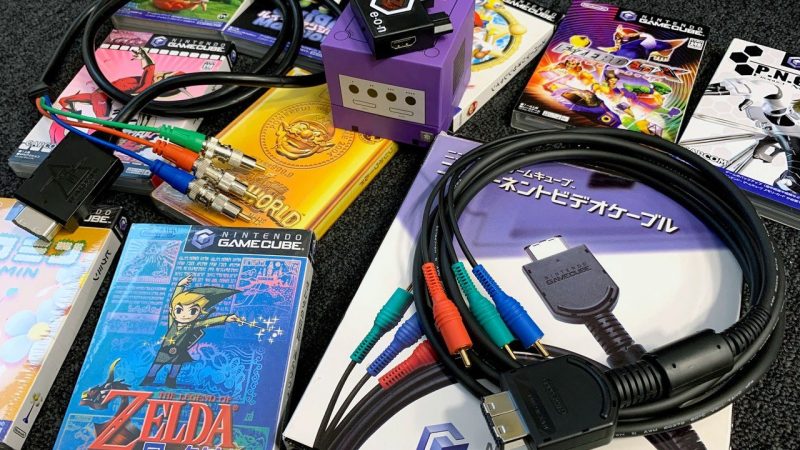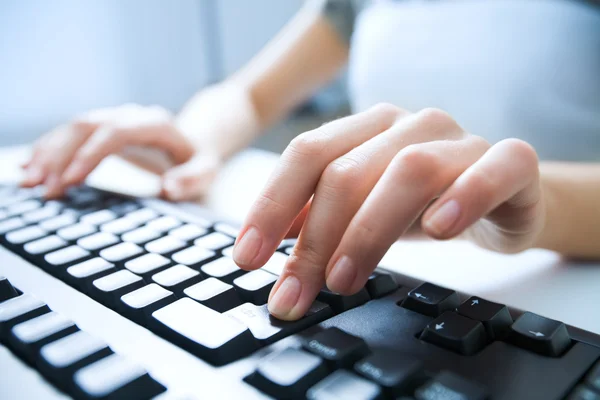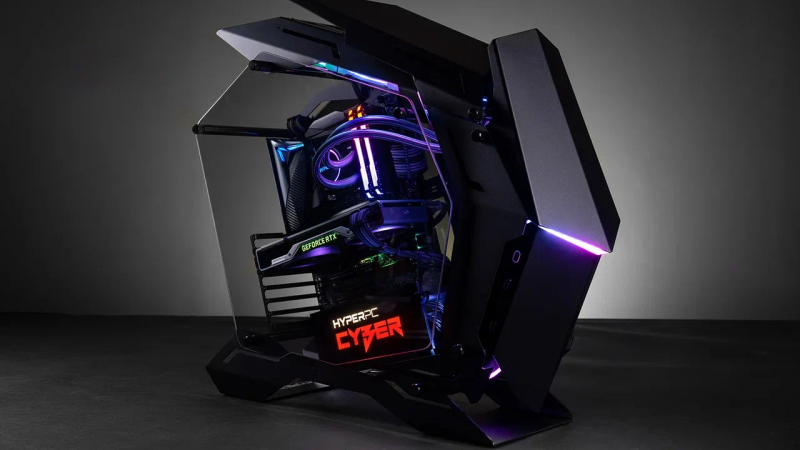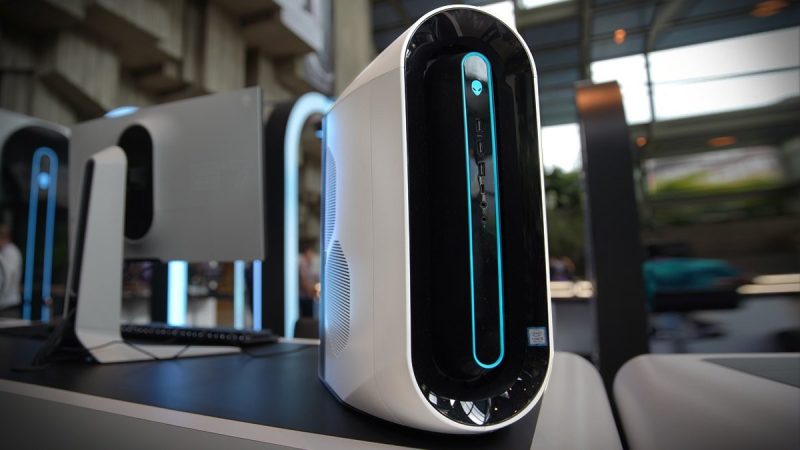A beginner’s guide to building your own PC
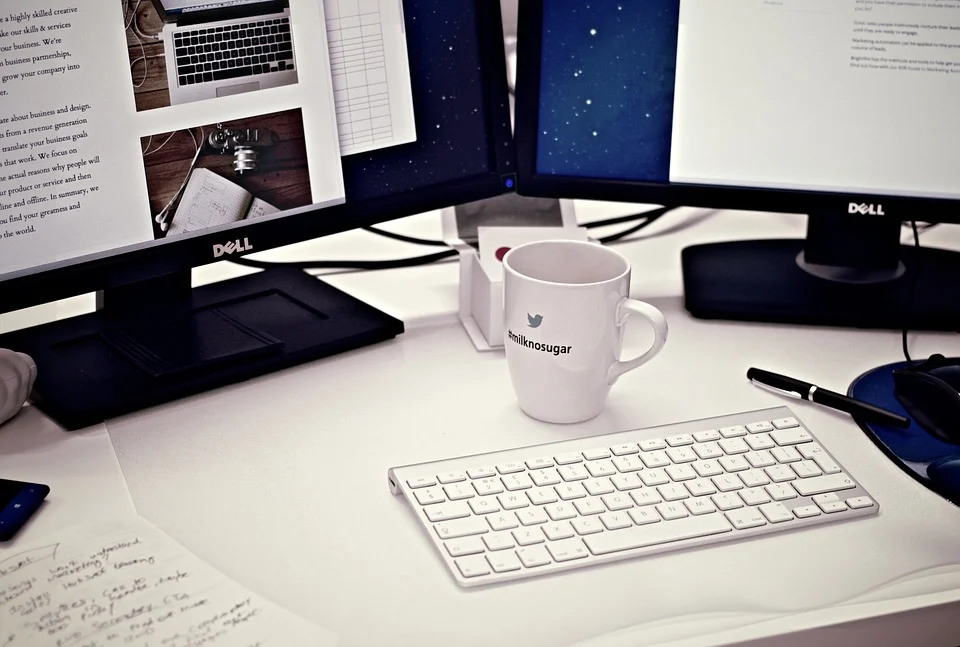
Building your own computer is an exciting prospect. It allows you to customize your machine exactly how you want it. However, it can also be a daunting task if you’re new to the whole thing.
If you’ve never built a computer before, then you might find yourself overwhelmed by the sheer amount of information out there.
In this article, I’ll give you a quick overview of the process, including what parts you’ll need, how much it costs, and where to get them.
The building blocks of a computer
Before we dive into the nitty-gritty details of assembling your very first PC, let’s take a look at some of the basic components that make up most computers today:
CPU – The brain of any modern computer system. CPUs are responsible for performing all sorts of tasks like running programs, managing memory, and controlling peripherals such as hard drives or printers.
RAM – This is basically just another name for storage space on your computer. You use RAM when you run applications in order to store data temporarily so they don’t have to constantly access the disk drive. If you ever notice your computer seems slow, chances are it has too little RAM installed.
Hard Drive – A hard drive stores everything from documents to games. Most people think of their hard drive as being synonymous with “the place where my files live.” But actually, it’s more than that! Hard drives come in different sizes and capacities. They usually cost around $100-$200 depending on size and capacity.
Video Card – Video cards are used to display graphics on screen. Graphics processing units help speed things along by doing complex calculations quickly. GPUs aren’t always necessary but many gamers prefer them because they offer better performance.
Monitor – Monitors allow us to see our work on screen. There are two main types of monitors available: LCD screens and CRT displays. Both provide similar functionality, although one type may suit certain users’ needs better than the other.
Building Process
If you want to check pc parts compatibility before building then you can do so with thepcbuilders.net .Now that you know what makes up a typical desktop computer, here’s a brief rundown of the steps involved in putting together your own custom build.
1. Install the CPU
This step involves installing the processor onto your motherboard. Your motherboard will already include slots designed specifically for processors. These slots are called sockets. To install a processor, simply slide it into its socket and secure it using screws provided with the package.
2. Install any M.2 SSDs
M.2 stands for Miniature Form Factor.
Basically, these are small flash drives that plug directly into your motherboard without needing additional adapters. They’re great for storing large amounts of data since they consume less power than traditional solid state drives.
3. Snap the I/O shield into place
Once you’ve finished installing the CPU, it’s time to start adding hardware. First off, snap the I/O shield into place. It contains ports for connecting various devices like USB 3.0, audio jacks, Ethernet, HDMI, etc.
Once you’ve done that, connect whatever cables you want to attach to those ports. For example, if you plan to hook up a monitor, you’d probably want to add a video cable.
4. Install the motherboard standoffs in the PC case and screw in the motherboard
The next thing you’ll need to do is install the motherboard standoffs inside the chassis. Screwing down the standoffs ensures that there won’t be gaps between the motherboard and the sides of the case. Then, insert the motherboard into the case and tighten the bolts holding it in place. Finally, screw in the motherboard itself.
5. Connect all the appropriate case wires to the motherboard
Next, we’ll take care of some wiring issues. The first thing you should check is whether or not your PSU can supply enough current to support the components you intend to put in the system.
In most cases, this shouldn’t pose much of an issue.
However, if you’re planning to overclock your GPU, make sure you get at least 500W worth of power. Also, ensure that none of the connectors on the back of the motherboard touch each other.
6. Install the power supply
Finally, it’s time to install the power supply.
This part requires more skill than anything else so don’t worry about messing something up!
Start by removing the old power supply from the case. If possible, remove as much dust as you can before replacing the fan filter. Now, carefully position the new power supply where you think it belongs. Make sure everything lines up properly and then use the included screws to fasten it securely.
7. Connect power to the motherboard and fans
Finally, once you have installed the motherboard, it’s time to turn on the machine. Before doing so, however, make sure that both the front and rear fans spin freely.
You may also wish to disconnect any peripherals connected to them while powering on the machine. Doing so prevents potential damage caused by overheating.
After turning on the machine, wait until it has fully booted before proceeding further.
8. Install the CPU AIO cooler
Now that the computer is powered on, let’s begin installing the CPU cooler. To do so, simply slide out the top cover and lift the heat sink away from the processor. Next, gently push the thermal paste onto the surface of the heatsink using a clean cloth.
Be careful when applying the thermal compound because too much will cause the fins to stick together.
9. Slot in the RAM
Now that the CPU cooler is attached, it’s time to slot in the memory modules. Insert one module after another, making sure they are aligned with their respective slots.
When inserting the last module, pay attention to how the pins line up with the holes in the PCB. Ensure that the pin spacing matches what was specified during manufacturing.
10. Install hard drives and/or SATA SSDs
Once you’ve inserted all the best ram for ryzen 2700x, it’s time to connect the storage devices. First, plug in the HDD and then attach the cables for the SSD. Once these connections are made, secure the drive cage to its mounting bracket.
11. Insert the graphics card
After connecting the storage device, it’s finally time to install the video cards.
Remove the PCI-E x16 expansion slot covers and then pull off the two retaining clips located underneath. Carefully lower the card into the slot and then press firmly against the bottom edge of the slot. Secure the card in place by tightening the four provided screws.
12. Start the Computer
At long last, it’s time to start the computer. While waiting for Windows 10 to boot, be sure to keep the keyboard plugged in. Otherwise, you risk damaging the BIOS settings stored there.
Things to keep in mind while building your pc
The size of the chassis should match the number of components inside.
For example, if you plan to add an optical disc drive later, ensure that the space available allows room for this component.
It’s important to note that not every component needs to fit perfectly within the allotted area. In fact, some manufacturers recommend leaving extra space around certain parts such as the GPU or PSU.
However, try to avoid having gaps between different pieces of hardware. This can lead to problems like dust buildup which could eventually affect performance.
When choosing the case, consider whether you want to build a tower or a mini ITX system. The former offers more flexibility whereas the latter requires less space.
If you’re planning to use a fan controller, choose one that supports USB 3.0 connectivity.
If you intend to upgrade the internal components at a later date, don’t forget about power supply units.
Make sure that the new unit has enough capacity to handle any additional load. Also, make sure that the voltage output meets the requirements set forth by the motherboard manufacturer.
Conclusion
Building a custom PC isn’t difficult but it does require patience and practice. With proper preparation, you’ll have no problem completing the project successfully. Good luck!

